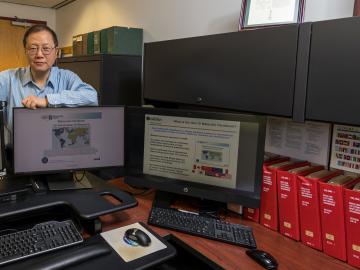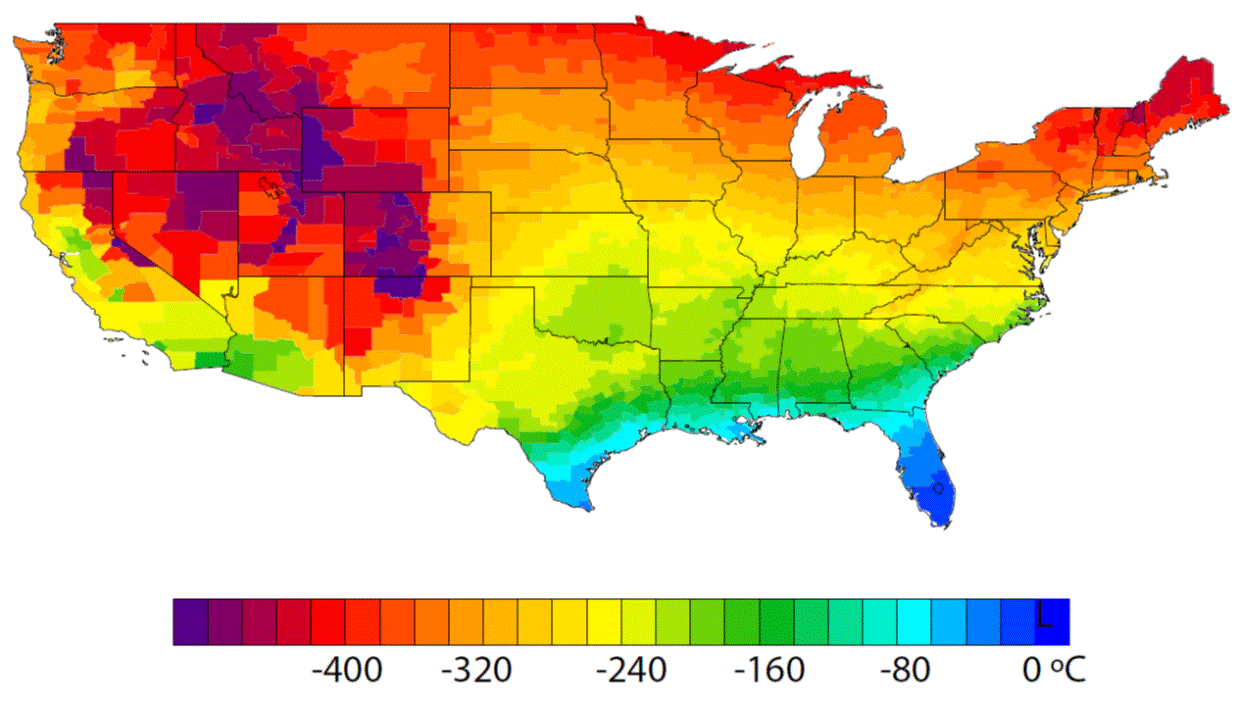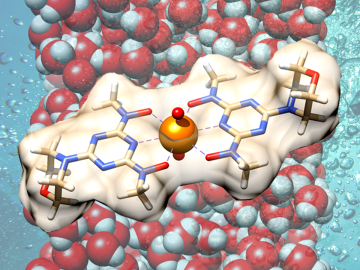
Filter News
Area of Research
- (-) Computational Engineering (2)
- (-) Materials (67)
- Advanced Manufacturing (8)
- Biology and Environment (115)
- Biology and Soft Matter (1)
- Building Technologies (2)
- Computational Biology (1)
- Computer Science (10)
- Electricity and Smart Grid (3)
- Energy Science (154)
- Energy Sciences (1)
- Fuel Cycle Science and Technology (2)
- Functional Materials for Energy (1)
- Fusion and Fission (30)
- Fusion Energy (11)
- Isotope Development and Production (1)
- Isotopes (5)
- Materials for Computing (9)
- Mathematics (1)
- National Security (54)
- Neutron Science (20)
- Nuclear Science and Technology (38)
- Nuclear Systems Modeling, Simulation and Validation (1)
- Quantum information Science (2)
- Sensors and Controls (1)
- Supercomputing (75)
News Topics
- (-) Artificial Intelligence (10)
- (-) Environment (21)
- (-) Grid (5)
- (-) National Security (3)
- (-) Nuclear Energy (16)
- (-) Polymers (17)
- 3-D Printing/Advanced Manufacturing (23)
- Advanced Reactors (4)
- Big Data (3)
- Bioenergy (11)
- Biology (5)
- Biomedical (8)
- Buildings (5)
- Chemical Sciences (32)
- Clean Water (4)
- Composites (9)
- Computer Science (21)
- Coronavirus (4)
- Critical Materials (13)
- Cybersecurity (4)
- Energy Storage (34)
- Exascale Computing (2)
- Frontier (3)
- Fusion (7)
- High-Performance Computing (5)
- Irradiation (1)
- Isotopes (13)
- ITER (1)
- Machine Learning (6)
- Materials (73)
- Materials Science (78)
- Mathematics (2)
- Mercury (1)
- Microscopy (27)
- Molten Salt (3)
- Nanotechnology (39)
- Neutron Science (33)
- Partnerships (11)
- Physics (28)
- Quantum Computing (3)
- Quantum Science (11)
- Security (2)
- Simulation (1)
- Space Exploration (2)
- Summit (3)
- Transportation (14)
Media Contacts

In the vast frozen whiteness of the central Arctic, the Polarstern, a German research vessel, has settled into the ice for a yearlong float.

Quanex Building Products has signed a non-exclusive agreement to license a method to produce insulating material from ORNL. The low-cost material can be used as an additive to increase thermal insulation performance and improve energy efficiency when applied to a variety of building products.

A modern, healthy transportation system is vital to the nation’s economic security and the American standard of living. The U.S. Department of Energy’s Oak Ridge National Laboratory (ORNL) is engaged in a broad portfolio of scientific research for improved mobility

Six new nuclear reactor technologies are set to deploy for commercial use between 2030 and 2040. Called Generation IV nuclear reactors, they will operate with improved performance at dramatically higher temperatures than today’s reactors.

Using additive manufacturing, scientists experimenting with tungsten at Oak Ridge National Laboratory hope to unlock new potential of the high-performance heat-transferring material used to protect components from the plasma inside a fusion reactor. Fusion requires hydrogen isotopes to reach millions of degrees.

A detailed study by Oak Ridge National Laboratory estimated how much more—or less—energy United States residents might consume by 2050 relative to predicted shifts in seasonal weather patterns

A new method developed at Oak Ridge National Laboratory improves the energy efficiency of a desalination process known as solar-thermal evaporation.

A team of researchers at Oak Ridge National Laboratory have demonstrated that designed synthetic polymers can serve as a high-performance binding material for next-generation lithium-ion batteries.

A study led by Oak Ridge National Laboratory explored the interface between the Department of Veterans Affairs’ healthcare data system and the data itself to detect the likelihood of errors and designed an auto-surveillance tool

Scientists have demonstrated a new bio-inspired material for an eco-friendly and cost-effective approach to recovering uranium from seawater.


